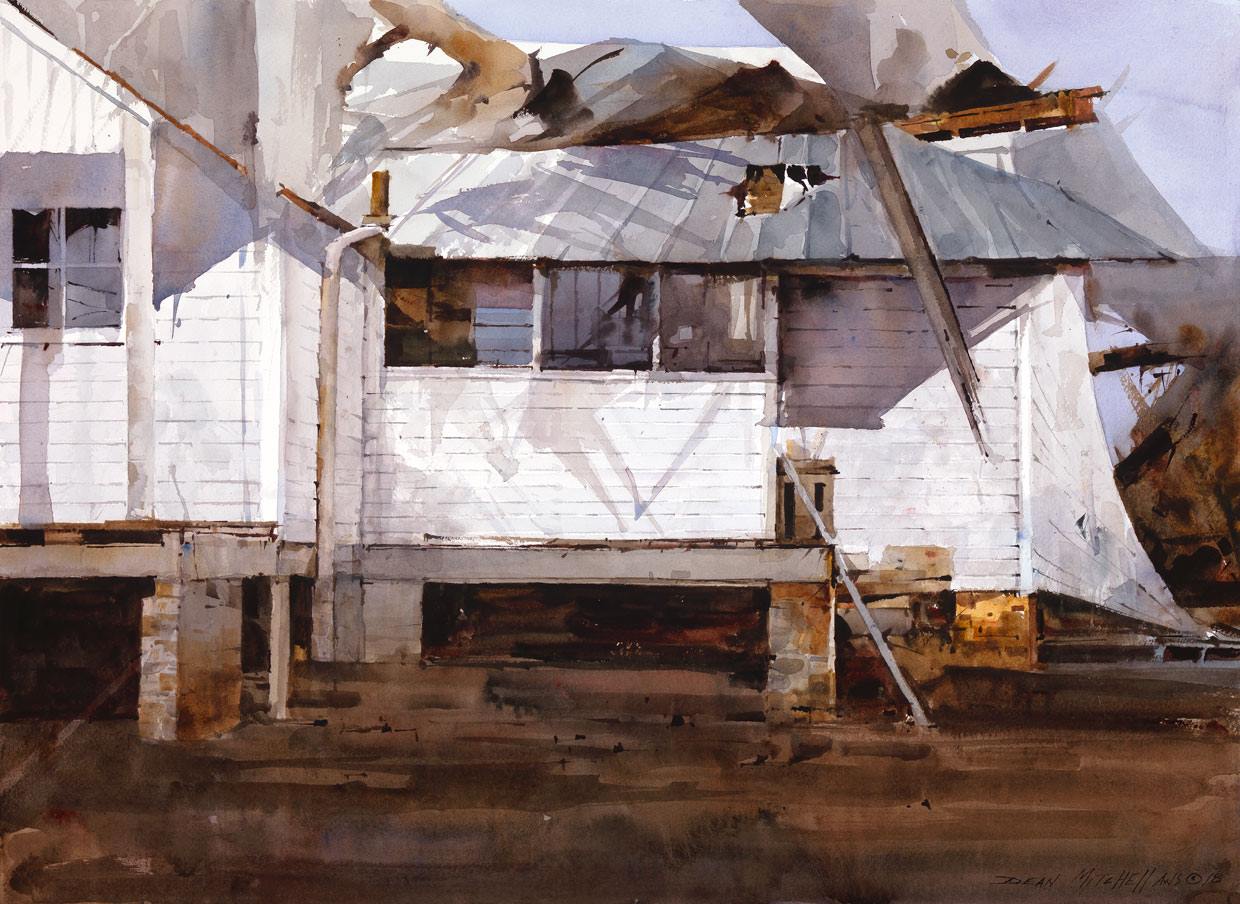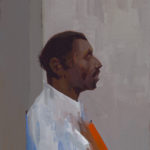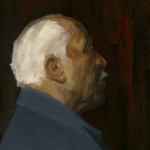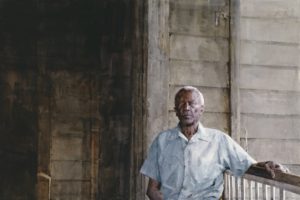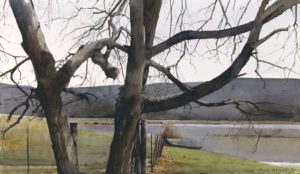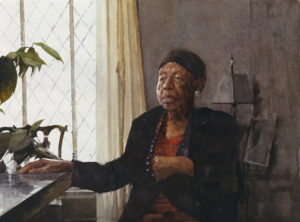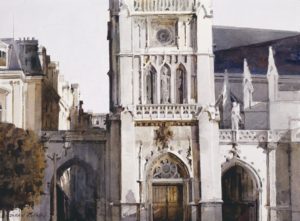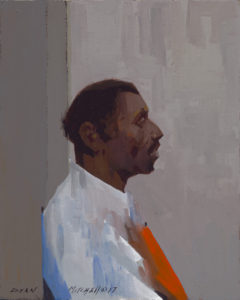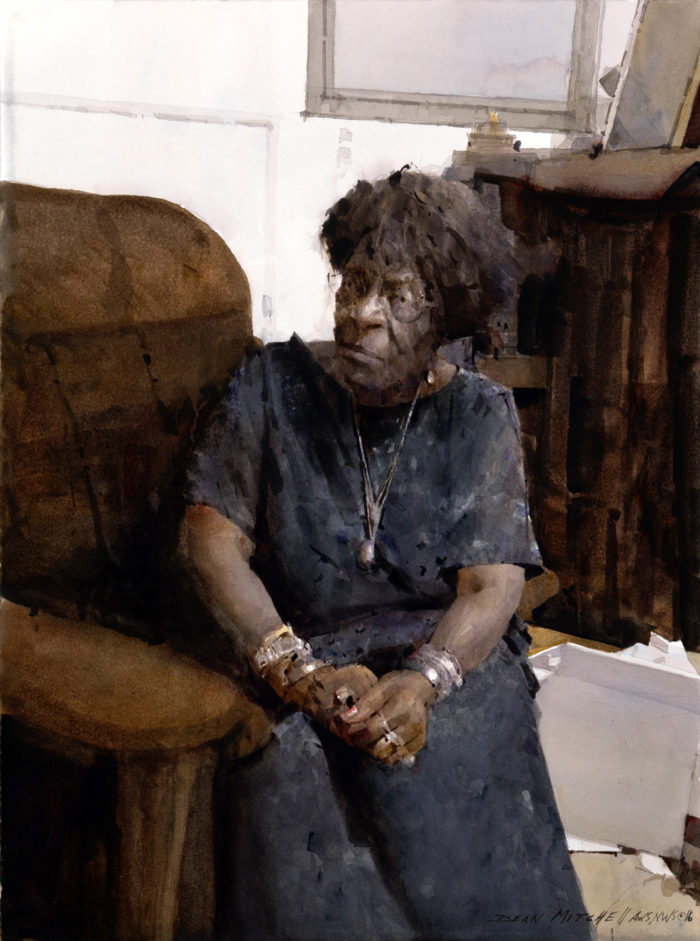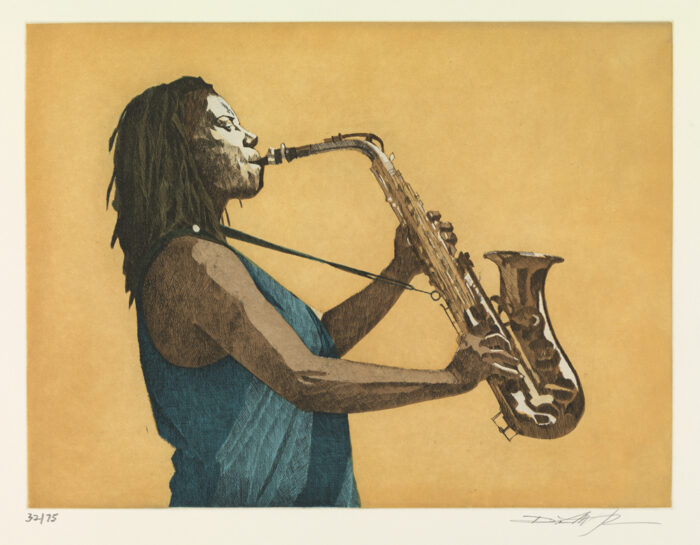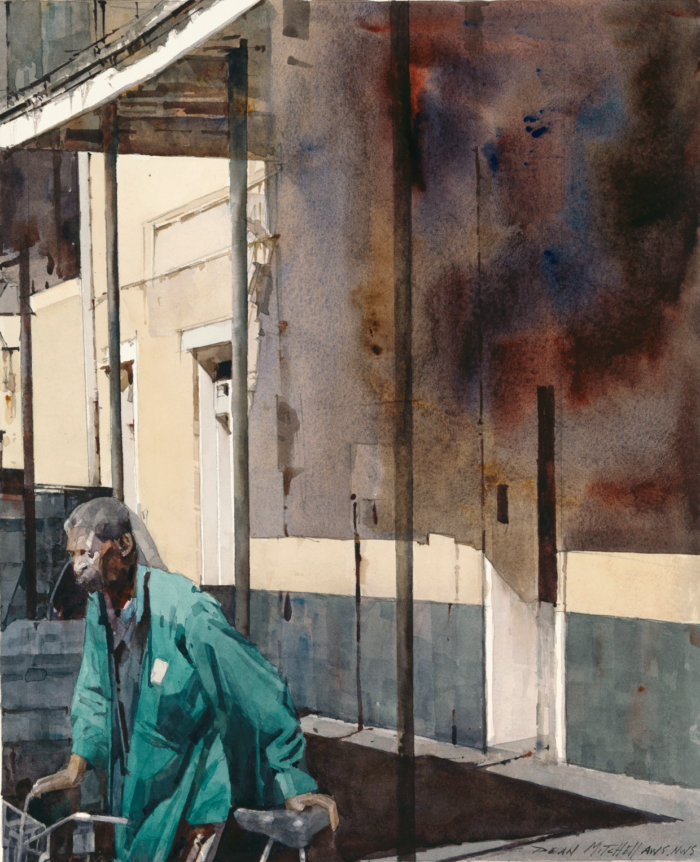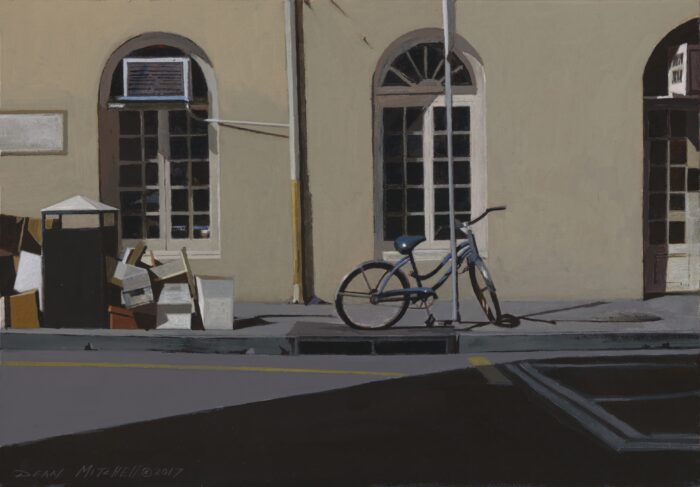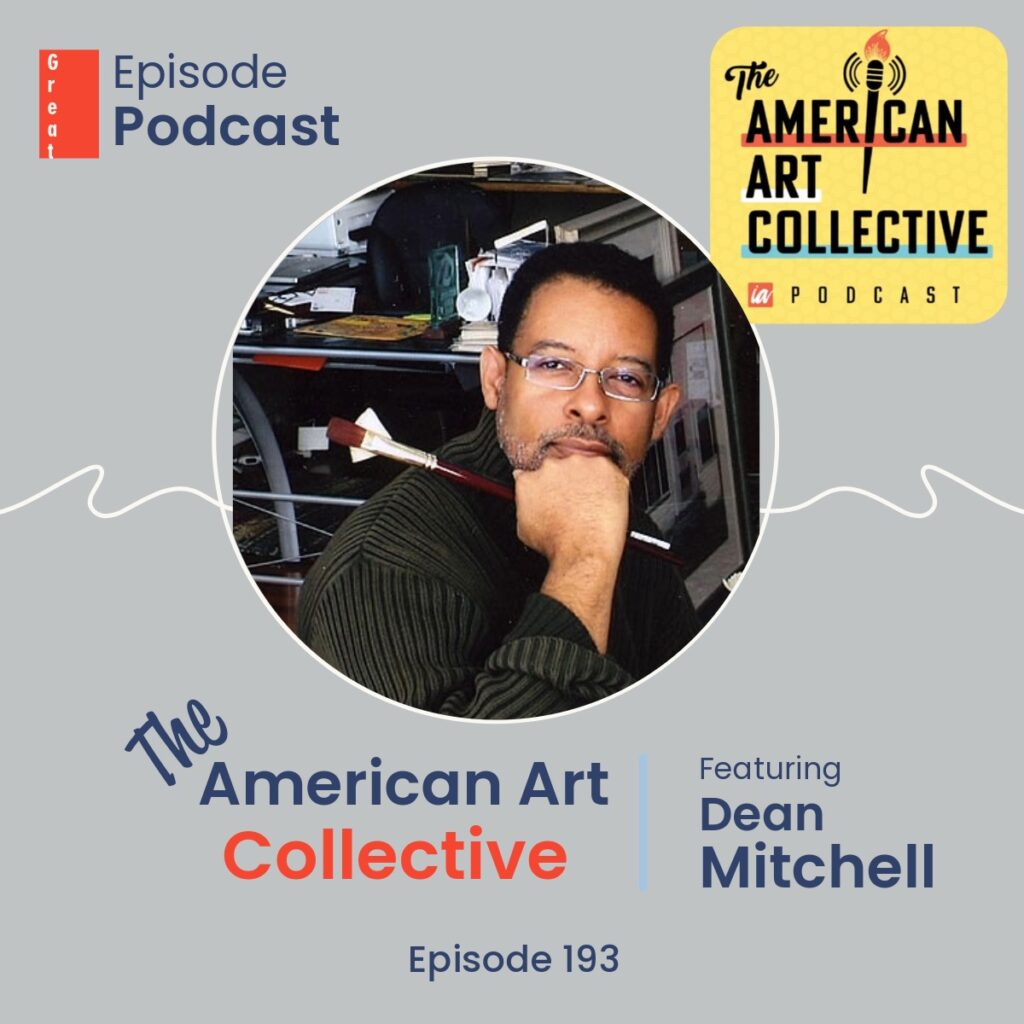
Art in Tampa: Success in the Arts with Dean Mitchell
By Tampa Arts Alliance
How do you become a successful artist? Figurative painter Dean Mitchell is a highly successful artist living and working in Tampa. He lays out the path to finding success as an artist, but insists nothing can be guaranteed. Produced in collaboration with Visit Tampa Bay, and directed by Video Shampoo, this film explores the point where art and business become one, with insight from the executive director of the Tampa Museum of Art, Dr. Michael Tomor. Art In Tampa introduces “Finding Success According to Dean Mitchell” the sixth and final in a docuseries of short films released throughout late 2022 and early 2023, revealing the stories of artists, organizations and communities in Tampa Bay. Written, Directed, Filmed and Edited by Video Shampoo Produced and Narrated by Michele Smith Aerial Cinematography by Kyle Klein Music: “Bazooka Jo” by Eaters “Pirsch” by Magnus Moone “Time Goes By (Deep House Version) by PNFA Learn more at https://tampaartsalliance.org #TampaArts #Artists #VisitTampaBay #Tampa #TampaArtsAlliance #localart
Dean Mitchell received a Lifetime Achievement Award at the 5th Annual Plein Air Convention & Expo in Tucson, AZ
Dean Mitchell was born in Pittsburgh and the raised in Quincy, FL in 1956 by his grandmother Marie who worked in the tobacco fields ro support Dean…..learn more about Artist Dean Mitchell in this beautiful video.
Dean Mitchell’s Affirmation and Projection of Black Identity
Dean Mitchell is highly regarded as one of America’s greatest watercolourists. His reputation hinges largely on his superb craftsmanship, the emotional depth of his work, his avoidance of facile sentimentality, and an accomplished sense of formal design. Proficient in a wide range of media, including egg tempera, oil, and pastel, Mitchell engages with Black identity by drawing his subjects mainly from African-American culture.
Read more: https://www.omenkaonline.com/dean-mitchells-affirmation-projection-black-identity/

BY OLIVER ENWONWU
April 09, 2019
in ART, INTERVIEW
1 Comment
In this sixth part of our continuing series on artists in the diaspora who promote Black identity and pride through their work, we present American painter Dean Mitchell. Other artists presented in this series include Portuguese painter and designer Mario Henrique and Canadian artist Tim Okamura.
Dean Mitchell is highly regarded as one of America’s greatest watercolourists. His reputation hinges largely on his superb craftsmanship, the emotional depth of his work, his avoidance of facile sentimentality, and an accomplished sense of formal design. Proficient in a wide range of media, including egg tempera, oil, and pastel, Mitchell engages with Black identity by drawing his subjects mainly from African-American culture.
Mitchell was born in Pittsburgh, Pennsylvania, in 1957 and grew up in Quincy, Florida. He received his formal training at the Columbus College of Art and Design in Ohio. Since gaining recognition in the 1990s with the Hubbard Art Award for Excellence, Mitchell has gone on to win several major competitions and prizes. These include the grand prize for the 1999 Arts for the Parks juried competition with his painting French Quarter Coachman and two gold medals at the Annual International Exhibition of the American Watercolor Society.
He is represented in many prestigious collections, including those of Nelson-Atkins Museum of Art, Mississippi Museum of Art, and Canton Museum of Art. In this interview with Omenka, he discusses his work and early beginnings, as well as his larger purpose.
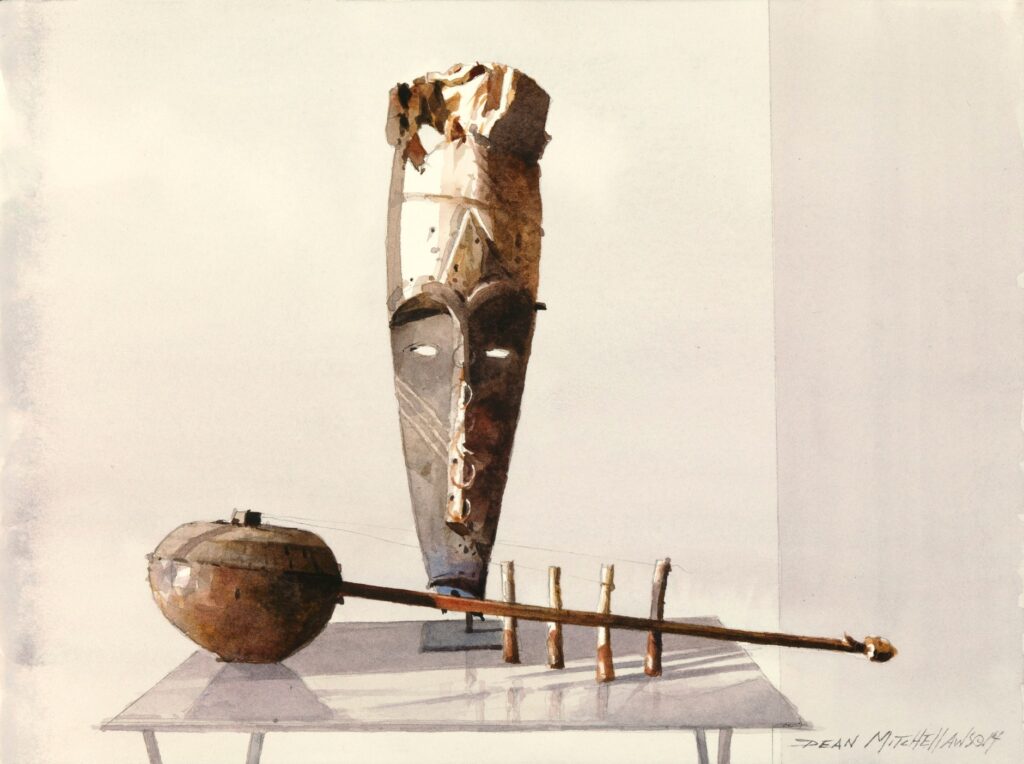
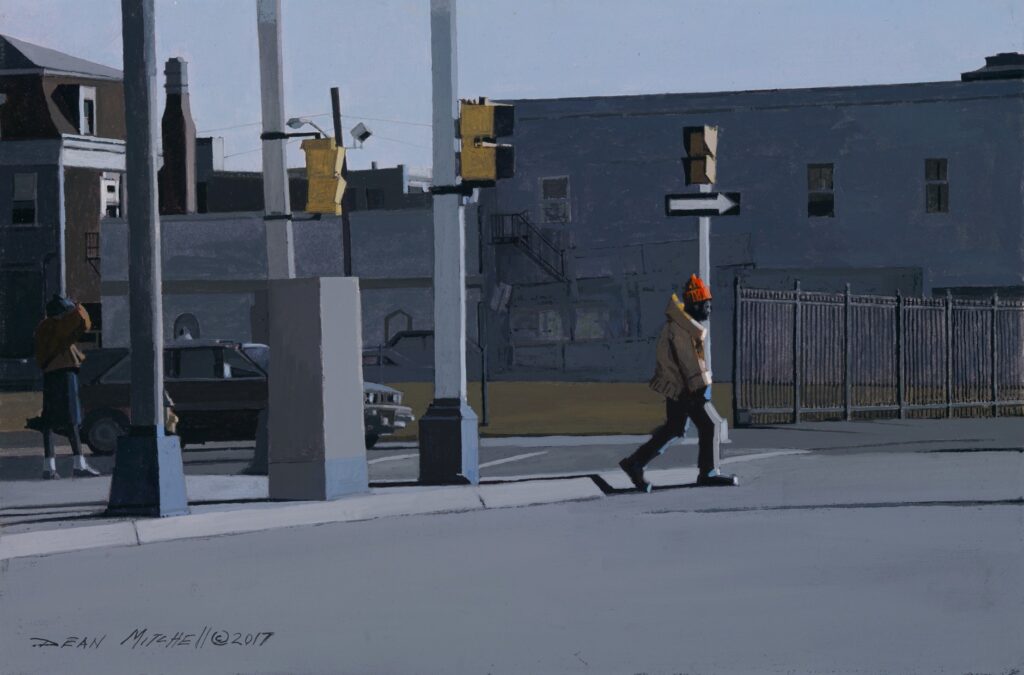
Figuration, landscapes, and still life occupy a significant part of your oeuvre. What is the connecting thread between them?
The connections are linked to not only our history and the spaces we occupy, but the way they inform us as full human beings. They say much about our existence, and through these mechanisms we preserve our way of life and pass on important information for developing new ideas. These ideas are linked to how we feel about our own existence in relation to the physical world. They can either enhance us mentally and spiritually, or they can be used as propaganda. The difficulty comes in creating art that comprises one’s lust for fame.
Though you are proficient in other media, such as egg tempera, oil, and pastels, you have achieved much recognition for your watercolours. Please elaborate on your creative process and on why watercolour is your preferred medium.
Watercolour is a capricious medium, and I love it because it leaves very little room for error and requires total concentration. It became my preferred medium, first, out of curiosity, and second, as an avenue for building financial stability, because by then I had become aware that mainstream society was unwilling to pay an artist of colour with equal skill to those of whites. But if I could master a medium with ultimate perfection, with skill and social content, it would propel my work into mainstream America and build an audience for my efforts. I also became aware of a number of competitive exhibitions for the medium. This allowed for enormous opportunities for exposure without anyone knowing I was an artist of colour. My work was judged entirely on merit. I had to consider that I was poor, and the only way I could remain a painter was to outwork other artists to establish my market. I never compromised my vision. Integrity and quality are paramount.
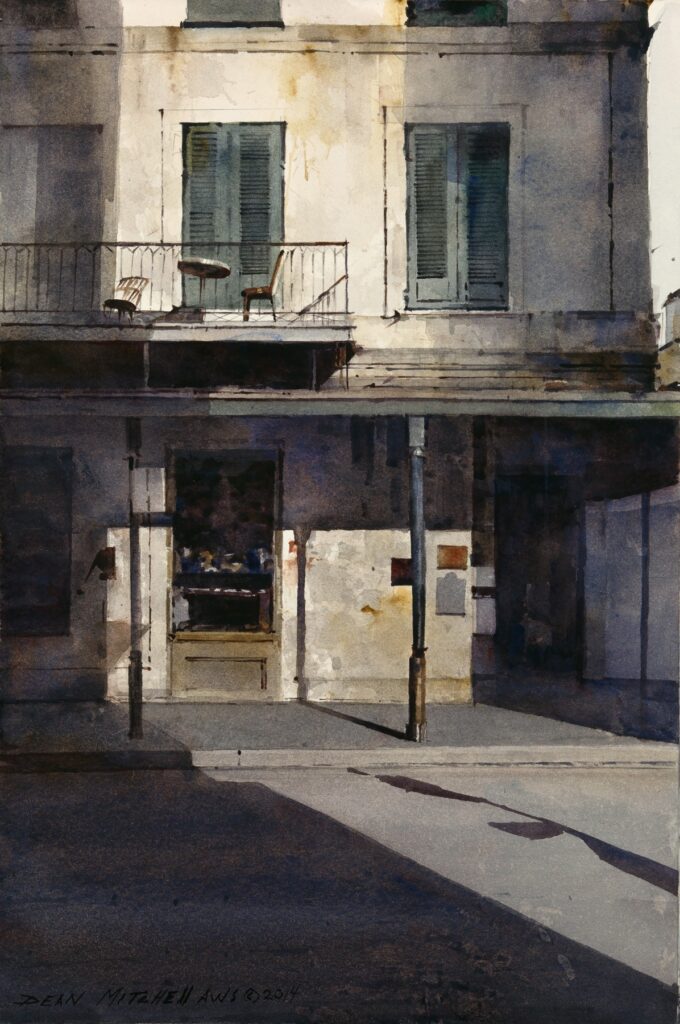
Often very well known to you, your sitters (mainly elderly) are captured with utmost sensitivity. What informs the selection of your models, particularly their physical traits?
I was raised by my grandmother. She was the backbone of our family, especially when it came to education. She believed that education is the only thing that can truly free your mind to be a critical thinker of the information put before you. She was always saying, “They can pay you less and even take your job, but an education can never be taken from you.” I have always had the utmost respect for the hard-working people of the rural town in the South that I grew up in. I also experienced the death of my great-grandmother at a young age. This taught me much about the brevity of life, how fleeting and fragile it is. I like selecting lives that I know have been lived to the fullest of their abilities. Their eyes, body language, and conversations pull me into a deeper awareness. There is also the fact that we’ve become such a youth-driven society.
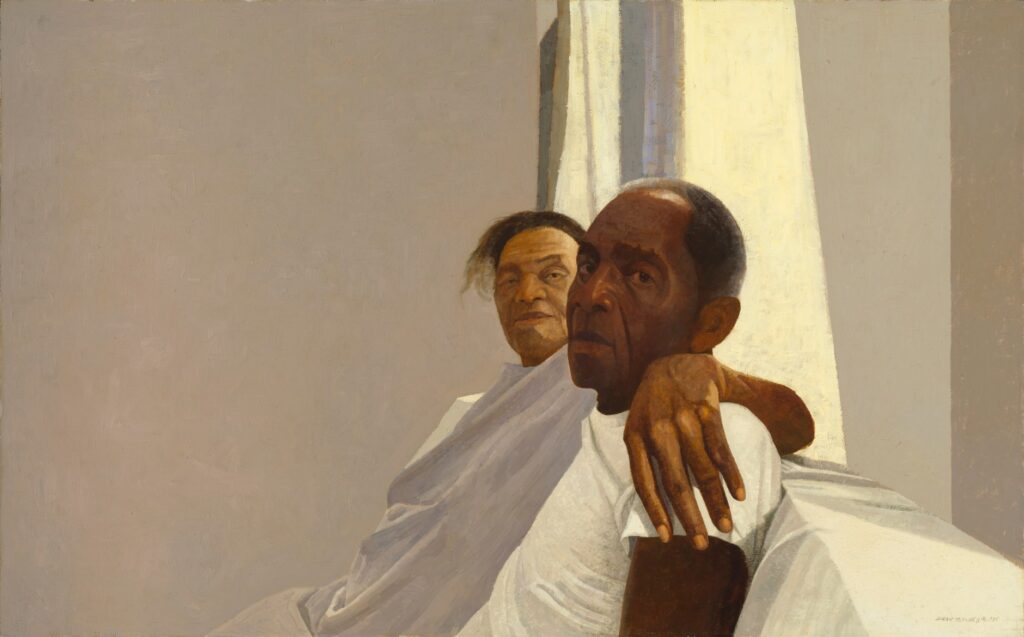

With the depiction of middle and lower class people and of regions in the American South, your work may be described as an affirmation and projection of Black identity. When did you come to realise the importance of correcting imbalances in the historical representation of Black people?
Artists are observers of life, and it is natural that I would first gravitate to the space which I occupy. The neighbourhoods I was raised in were segregated. Most of my teachers were Black. Churches I attended were Black, so it is natural for me as an artist to create works that reflect my own personal experience. This is what it is to be human. In this lies the real conflict in growing up in a Euro-centric Western environment, where our images have been vilified, stereotyped, and dismantled. As a result, we have not been looked upon as full human beings. Television was the first place I became aware of the lack of respectable, powerful representation. While in college, my first museum experience taught me that we were totally invisible. They showed nothing of us. My mother had warned me that a Black man could not possibly make a living selling pictures in America. I questioned her concerns until my first encounter at the museum, walking through room after room and not seeing any image that looked like me. They did not value the Black artist’s contributions to the art world. This is a psychological castration. In spite of it, artists of colour continue to create and offer hope for the next generation.
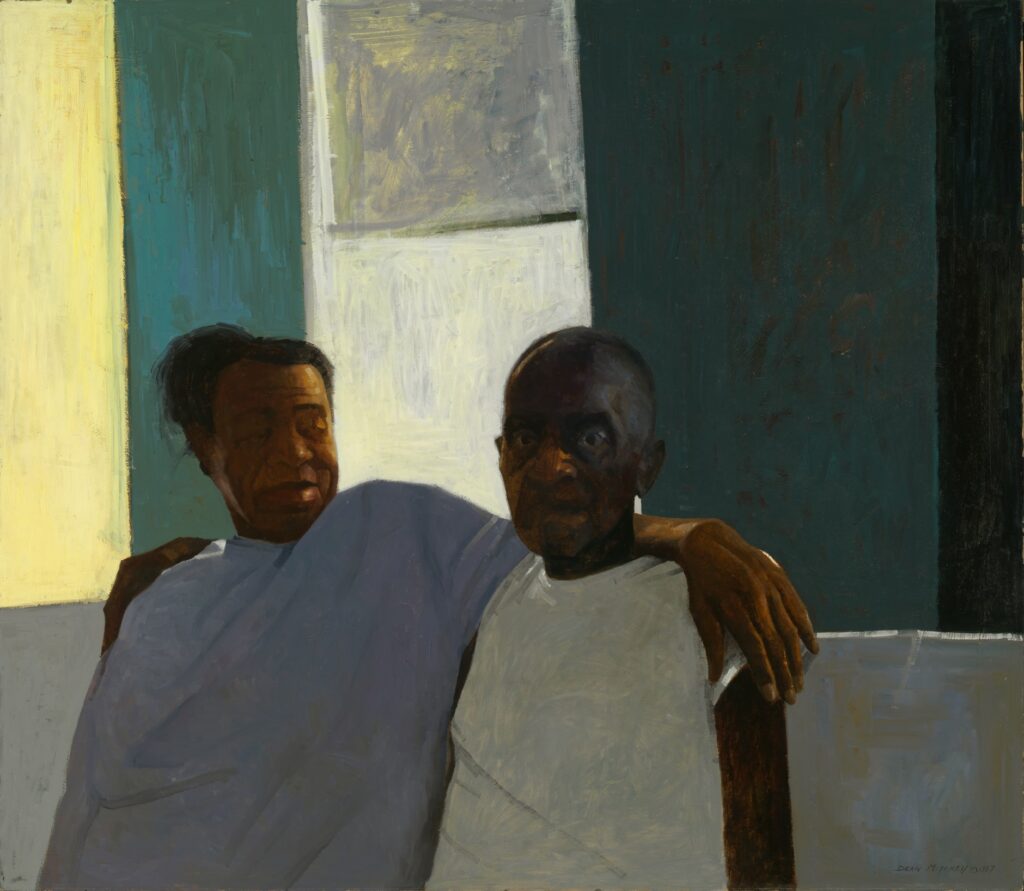
With so many awards, features in respected publications, and exhibitions in America’s most prestigious museums, you are considered one of the greatest watercolourists working today. What would you say have been the defining moments of your career?
At the age of 23, I entered the T.H. Saunders Watercolour Competition in London, England. I won the top prize of $2,000. I had very few resources and had spent most of my savings to enter the show, so it was huge financially and a confidence builder. Certainly, becoming a member of the American Watercolor Society at the age of 27, and receiving the gold medal twice, and being the only artist of colour to do so in its 150-year history were defining moments.
The Hubbard Art Award for Excellence in 1990 was also significant because it was an invitational show and included some of the top artists in the country working in the genre of realism. My work was hanging alongside artists like Jamie Wyeth and others. The top prize was $250,000. There were about 50 artists invited and, again, I was one of the youngest and the only artist of colour. My submissions included a portrait of an elderly friend titled Rowena. Works initially were offered for sale. No one out of the 800-plus people was interested in purchasing my painting. They kept saying, “It’s beautiful, but I don’t know where I’d put her.” My mother, who accompanied me to the show, was floored when she saw the price of Jamie Wyeth’s work. His small watercolour commanded $200,000 and his oil painting commanded $500,000. She asked me if he was dead. I said, “No, he is very much alive.”
Later that evening at the sponsors’ home, Mrs Hubbard and her husband made a conscious decision to purchase my painting for $25,000, the most I had ever sold a work for. The most interesting part of this story is that no one had any idea who would win the top award. There were only six finalists, and I was one of them. Though I did not win the award, my work received the biggest applause from the audience. Yet no one had the courage to purchase the painting, other than the sponsors themselves. After the award was presented to the winning artist, Howard Terpning, Mrs Hubbard said to me, “You got a bigger applause than Howard, and he is loved here in the West. Won’t that make news?” Within moments of that conversation with Mrs Hubbard, collectors ran over to pay twice as much for my painting, to which Mrs Hubbard commented that it was no longer for sale. I became aware of the power of wealth and its impact on lending credibility, no matter how excellent the work.
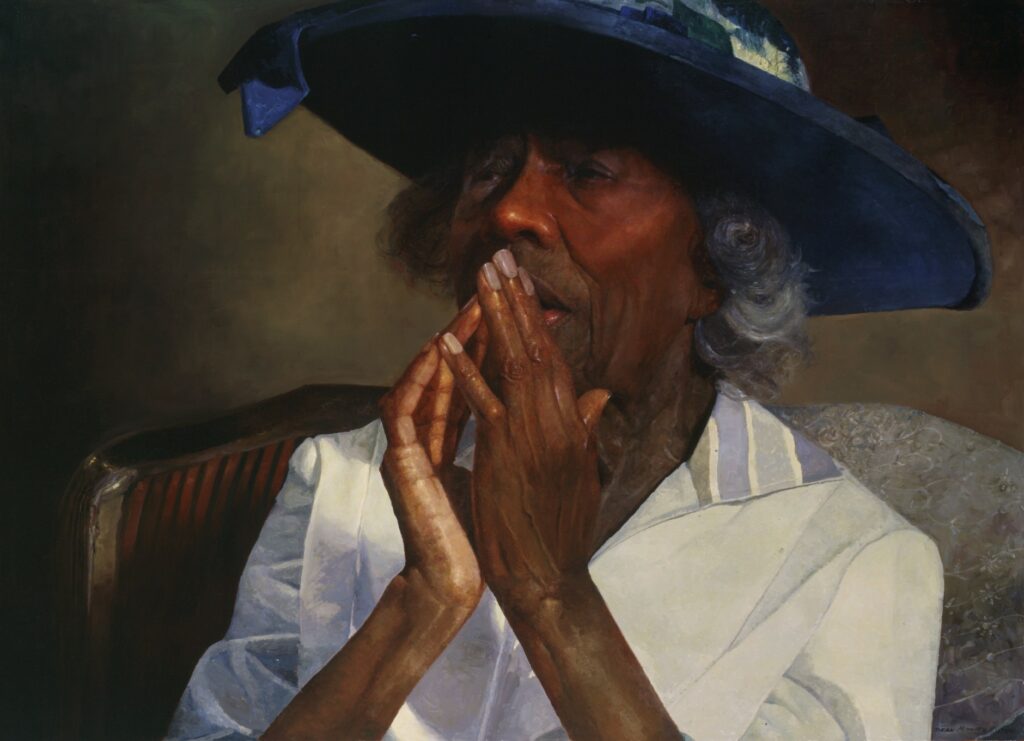
Historically, accomplished artists like Rembrandt and Van Gogh have documented their changing facial features and confronted their mortality by creating multiple self-portraits over time. You seem not to have followed this path, why is this?
Quite frankly, I have never been concerned with my own mortality. Although I have painted three self-portraits over my lifetime, they had nothing to do with mortality. They had to do with anxiety and fear and isolation.
Where do the similarities between your work and earlier Afro-American artists like Henry Tanner, Andrew Wyeth, and Charles White end?
This is an interesting question. I don’t know where my work ends with artists whose work is created out of love and deep compassion for humanity. This is the link I have with them, but my experience and roads travelled are different. I’m still growing as an artist, and the work is shifting between abstraction and realism. Each artist is a product of his own time and challenges. What makes any artist’s work different is his personal journey and his creative solution to bring the world to a deeper understanding of our humanity. What separates us is our experiences, not technique or style.
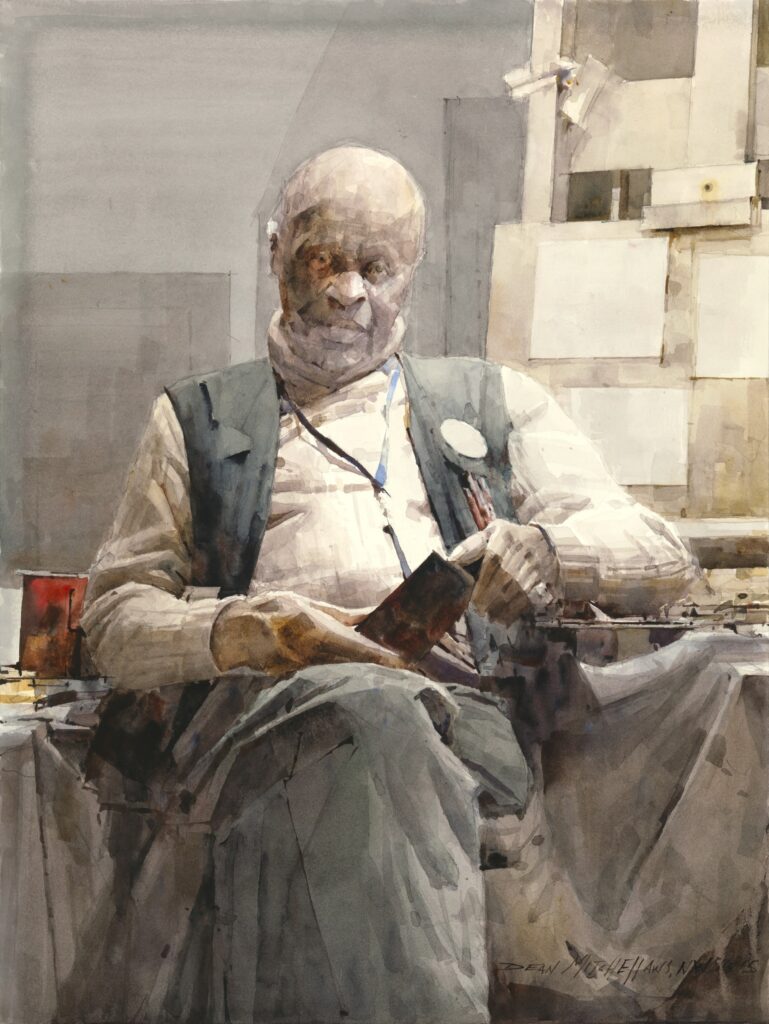
Shapes, subtle colour transitions, value contrasts, form and, importantly, emotive content are characteristic elements of your works and imbue them with their power. Today, many of these features are absent from mainstream contemporary art. What can be done to encourage the revival of a fine painting tradition?
We are in an era where artists are reflecting back to what we have become. We are driven by the new, the challenging, and the entertaining, regardless of quality. There are many studies which confirm that the human attention span is not what it used to be. So many factors compete for our attention. Museums are grappling with finding an audience and new supporters. This tradition will stay alive if artists refuse to compromise quality, content, and modern-day concerns that affect all of us, regardless of race, colour, creed, religion, or background. We are all drawn to a deeper truth, regardless of the medium that is used.
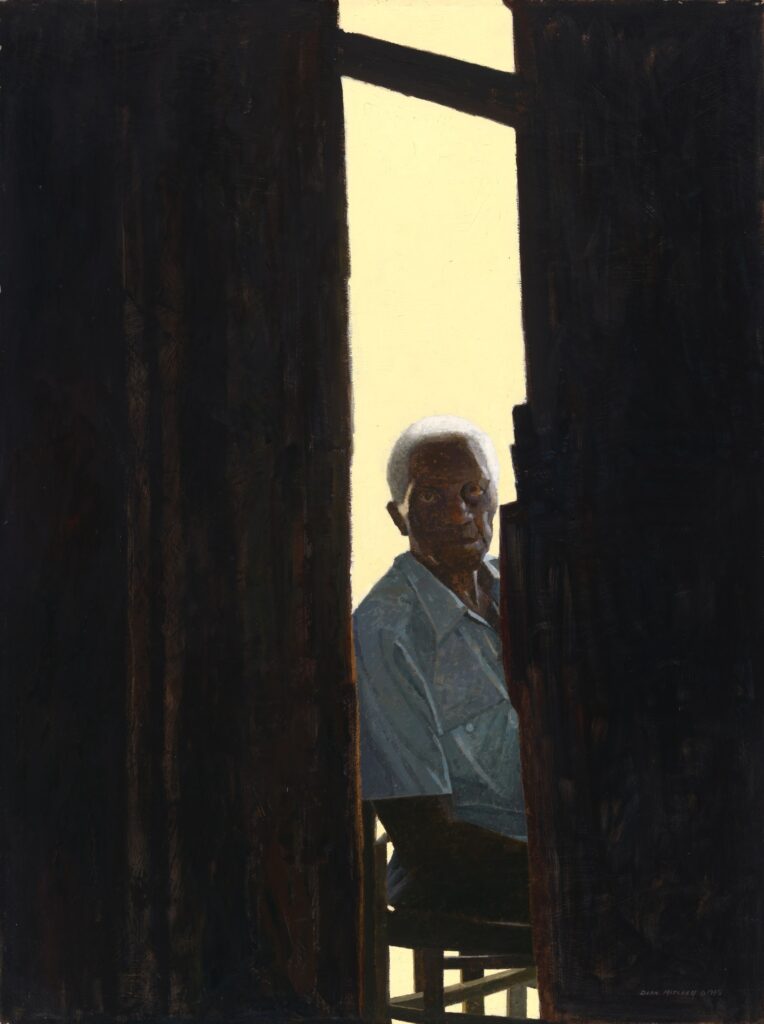
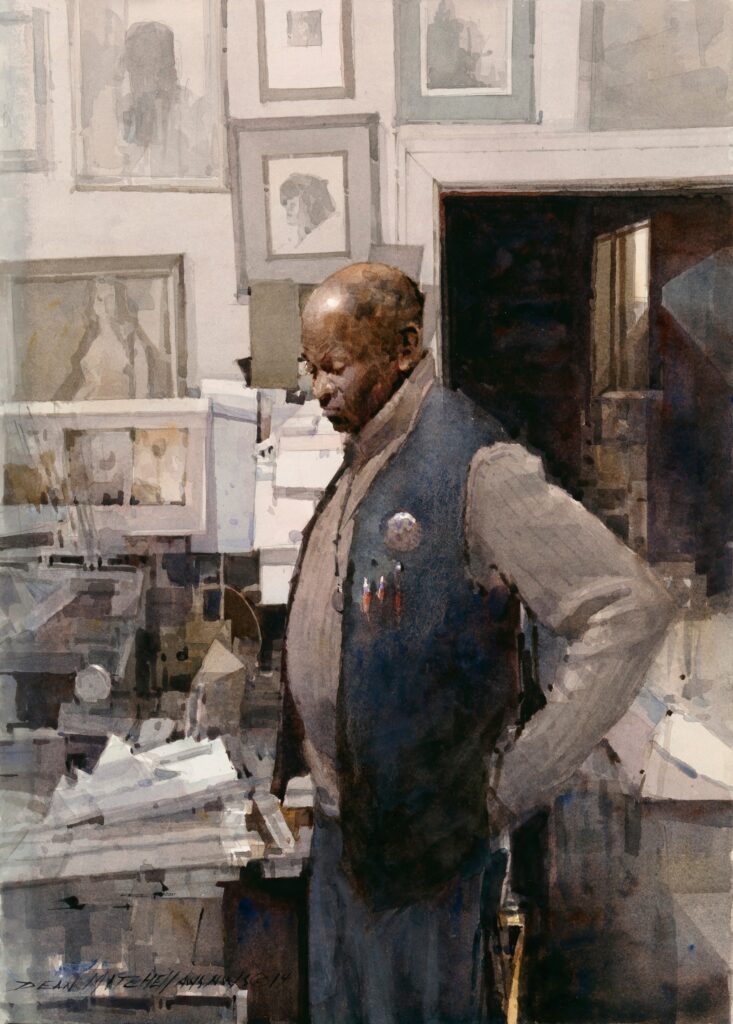
What new projects are you embarking upon?
I’m working on a series of paintings of my mother, who has dementia. Also, I just opened my own gallery in my home town of Quincy, Florida, to encourage young talents in an impoverished area, to show young people how art affects our daily existence. Twilight, 2018, acrylic, 18.75x25cm
Twilight, 2018, acrylic, 18.75x25cm Against the Wall, 2000, oil, 75x100cm
Against the Wall, 2000, oil, 75x100cm
The Transformative Power of Art, with Dean Mitchell
The Transformative Power of Art, with Dean Mitchell by ANTRESE WOOD originally published by Savvy Painter
Can you think back to a point in your career where you started to appreciate the transformative power of art? Maybe for you, it was the first time you went to an art museum or that one art class that opened your eyes to a whole new world of possibilities. From early childhood experiences to forging his own path in the art world – my guest, Dean Mitchell, came prepared to explore the whole spectrum in our wide-ranging conversation. I know that artists like you will really appreciate Dean’s valuable and seasoned perspective!
Early influences matter
As you look back on your start as an artist, was there an individual who encouraged you along the way? How did your early influences shape your journey as an artist? For Dean Mitchell, two key influences changed the course of his career and his life. The crucial first influence for Dean was his grandmother – not only did she raise Dean, but she also encouraged and empowered him on his journey to becoming an artist. The other key influence for Dean was his junior high school art teacher who wouldn’t let him drop out of art competitions. While we often shrug off these early influences in our lives, the truth is, they matter more than we care to give them credit for!
How art can make you feel
One of the most amazing aspects of art is the ability to evoke an emotional reaction out of the viewer. From sculptures that draw you closer to watercolors that transport you to another place entirely – art has the power to take you on a deep and personal journey. In our conversation, Dean was kind enough to open up about what he hopes to accomplish with his art. Beyond painting what most people want to see, Dean has been able to position his career in a way where he can challenge people with his art in ways they never thought possible. When was the last time artwork on an emotional level moved you?
Taking risks
Dean Mitchell will be the first person to tell you that the road hasn’t been an easy one throughout his career. From growing up poor and isolated from many of the opportunities, his peers outside of the south had, to institutional roadblocks that are all too real for many black artists – Dean knew he was in for a challenge. To overcome these challenges, Dean needed to take some risks that most people would shy away from. Facing rejection and defeat at an early age would crush most budding artists, but Dean was determined that all these risks would eventually pay off – and he was right!
Looking beyond social constructs
What hope do you have for our society? Do you think things are getting better or are they getting worse? Let’s face it – headlines and news stories often push and pull us toward confirming our biases and keeping our culture compartmentalized. Imagine what it would look like if we started peeling away and tearing down harmful social constructs like the idea that one group of people is inherently superior to others. Dean Mitchell is convinced that art exists to play a definitive role in growing our imaginations and our expectations of how the world should work. What can you learn from Dean’s fascinating perspective? I hope you enjoyed getting a peek inside the mind of this talented and renowned artist!
Outline of This Episode
- [2:15] I introduce my guest, Dean Mitchell.
- [4:20] Dean talks about what led him to his career as an artist.
- [10:50] Family dynamics and growing up poor in Flordia.
- [17:00] The value of early childhood art education.
- [26:50] Beauty in the midst of pain.
- [31:30] How art can bring hope.
- [38:00] Going to college and taking risks.
- [45:30] Dean explains how he became financially stable.
- [57:00] An insight into the mindset of many art collectors.
- [59:20] Dean opens up about his experience entering art competitions.
- [1:06:30] How art can grab you on a visceral level.
- [1:20:00] Why we need to see beyond our social constructs.
Other artists mentioned on this episode
Resources Mentioned on this episode
- Dean Mitchell Studio
- Marie Brooks Gallery
- Dr. Ph. Martin’s
- Astoria Fine Art
- Cutter & Cutter Fine Art
- E & S Gallery
- Hearne Fine Art
- J. Williott Gallery
- Legacy Gallery
- Mac Gryder Gallery
- RJD Gallery
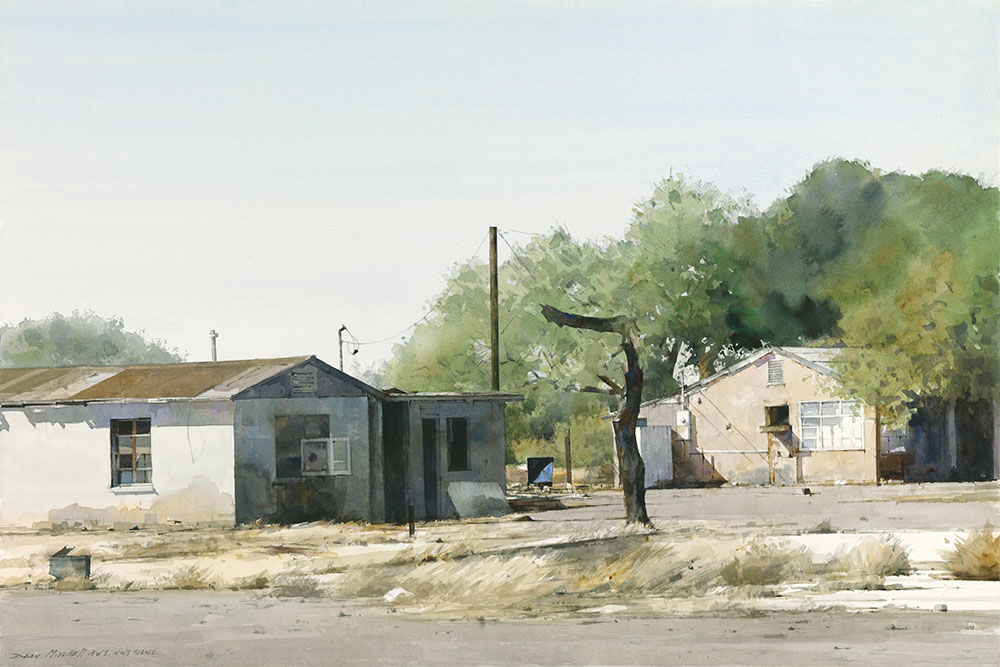
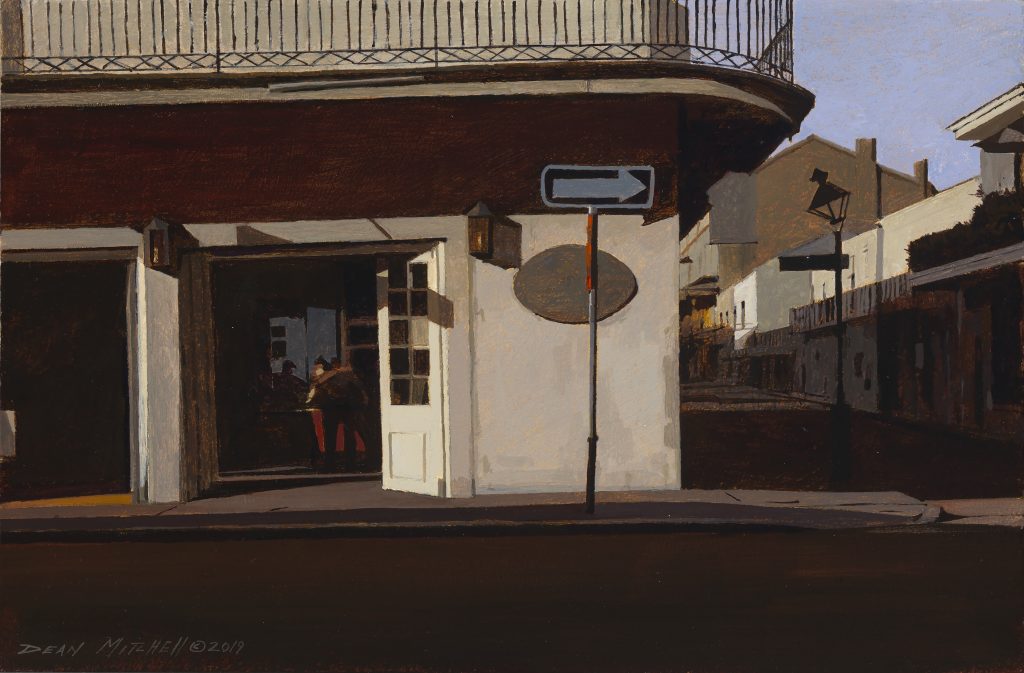
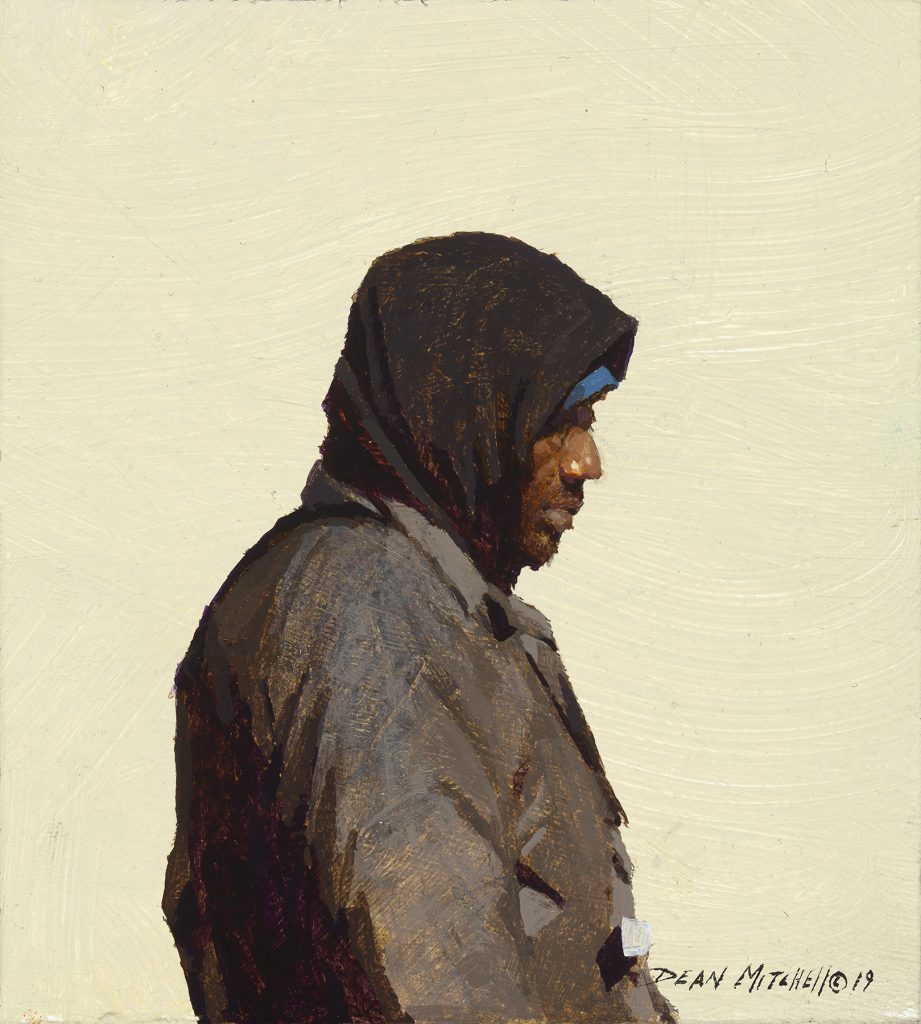
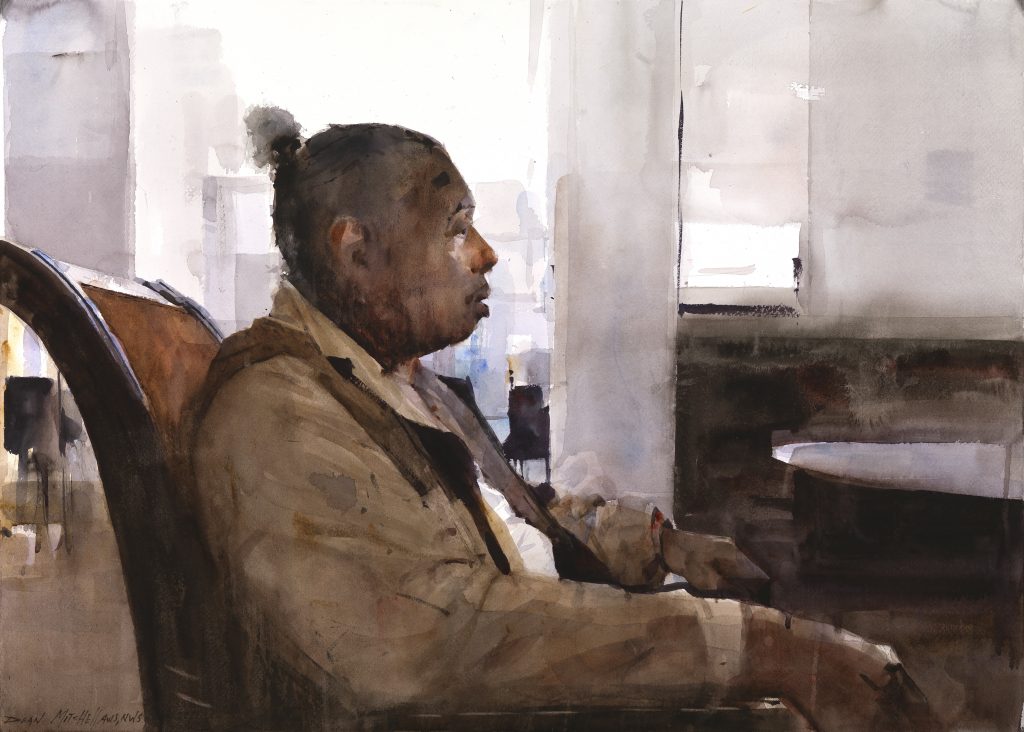

Gold Medal Award
Mitchell to receive Gold Medal Award at
Portrait Society’s 21st annual
The Art of the Portrait
For his lifelong pursuit of artistic excellence and extraordinary contributions to the artistic community.
Article in April/May 2019 of international artist magazine.
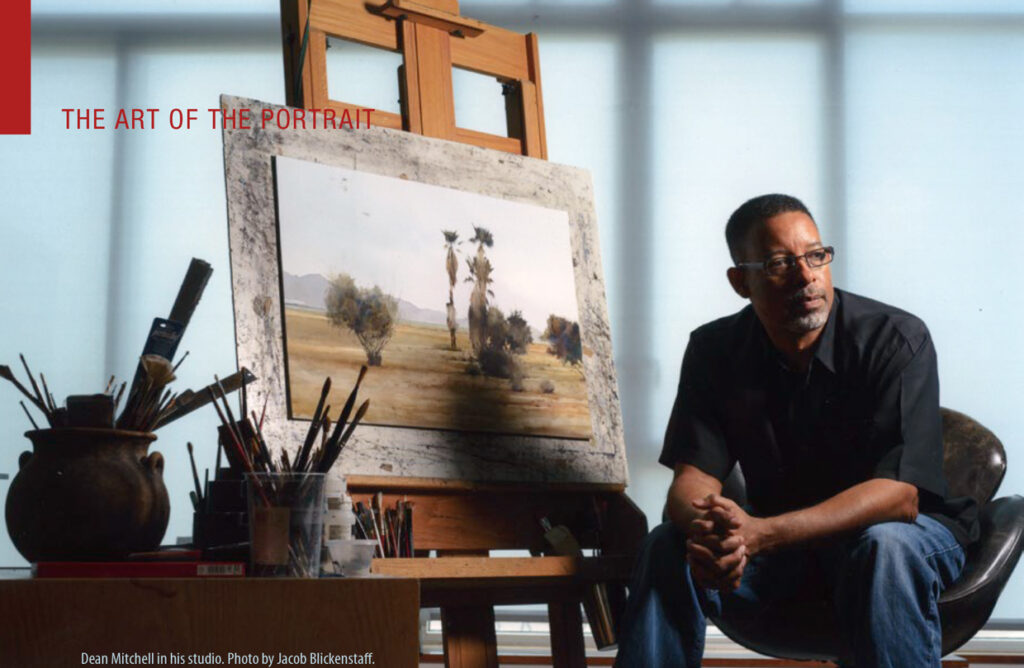
One Year Anniversary at Marie Brooks Gallery – You are Invited!
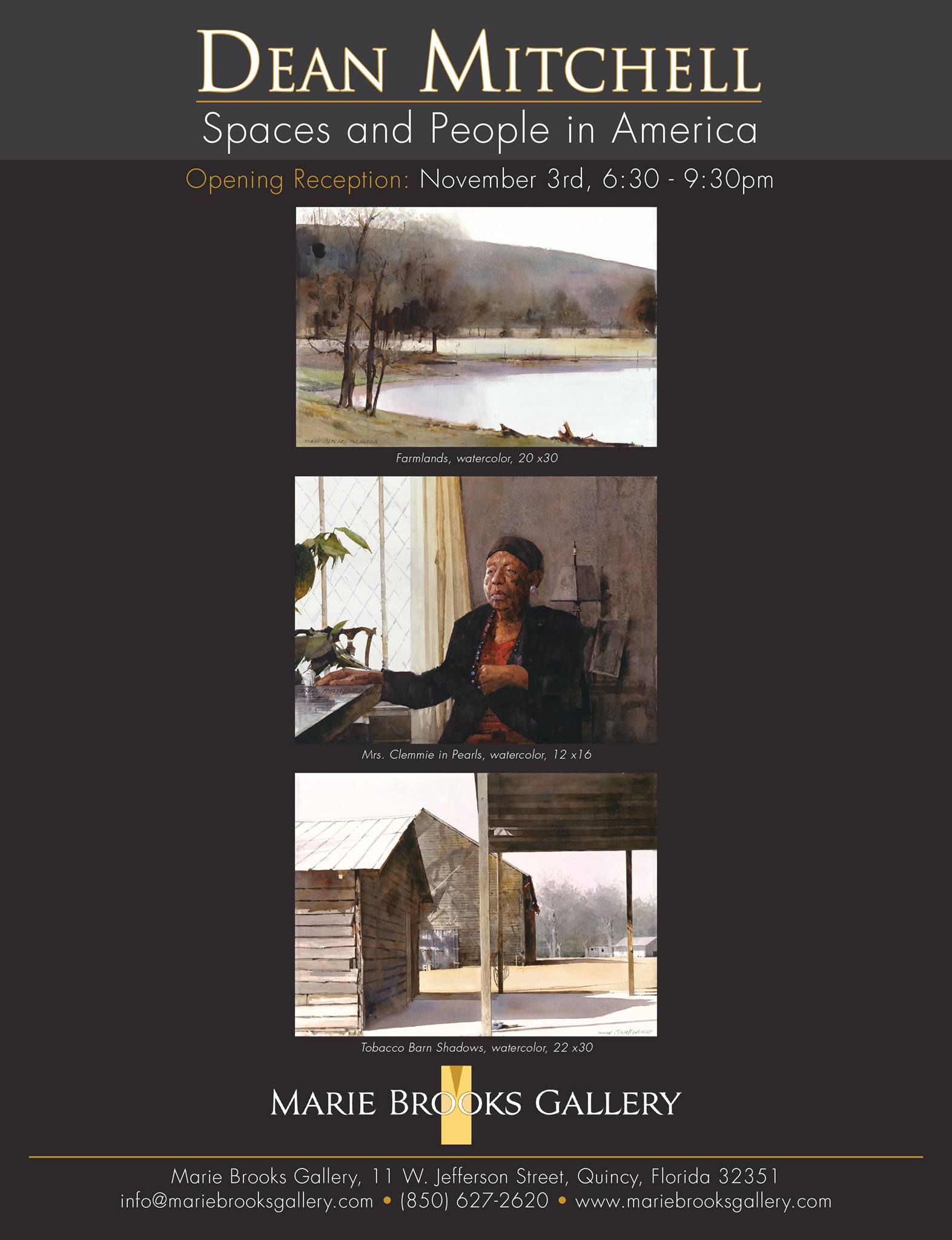
Join us to celebrate our One Year Anniversary at Marie Brooks Gallery. On this special occasion, Dean will be featuring a poster of his work “After the Hurricane” 12″ x 18″ poster will available for sale beginning November 3rd. All proceeds from the sales of this poster will go toward Hurricane Michael relief efforts. We would love to see you all come out and support the local community.
http://deanmitchellstudio.com/one-year-anniversary-at-mari…/
Haunting Beauty
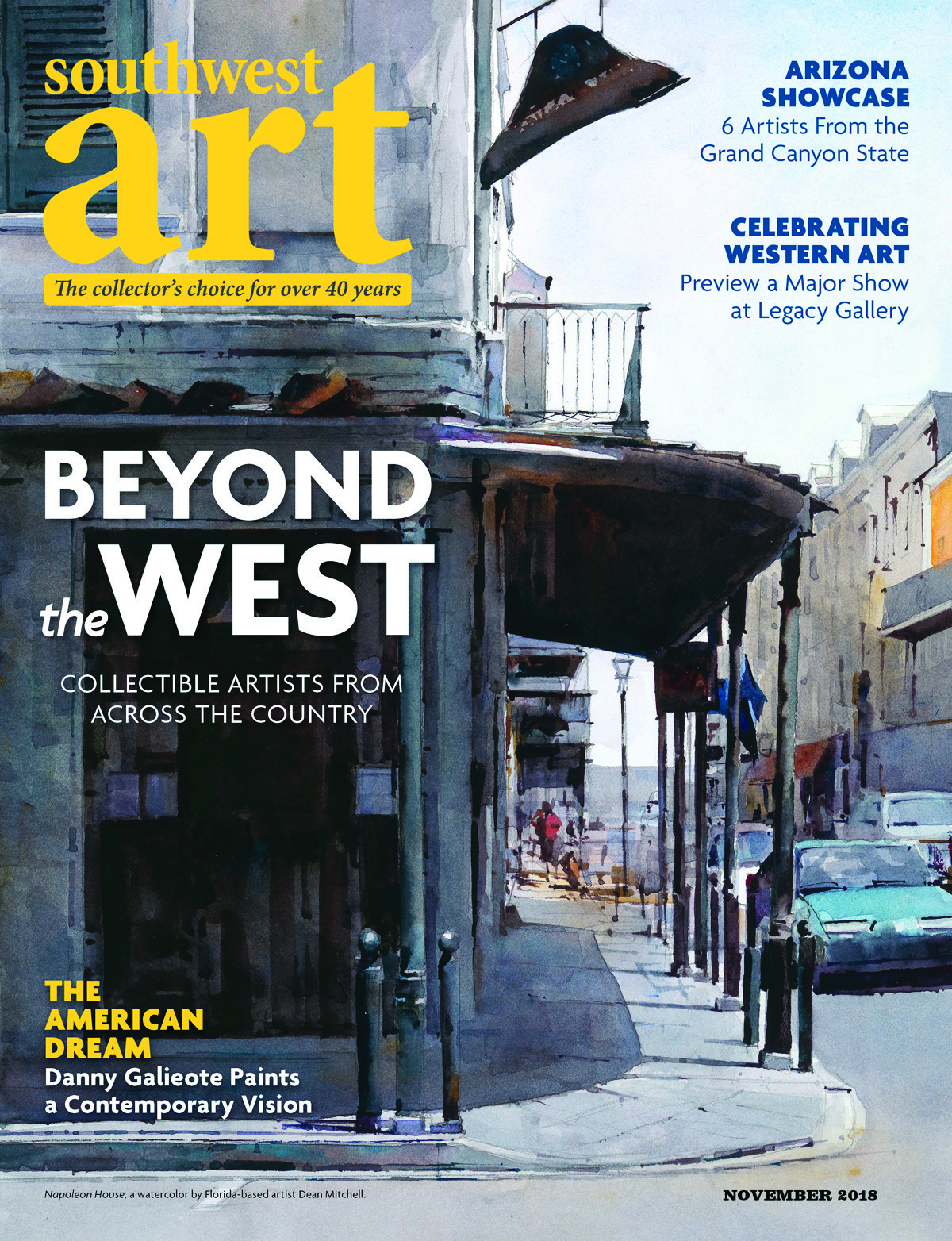
Article published originally at |
Haunting Beauty
Dean Mitchell paints deeply personal visions of life’s fragile side
by Norman Kolpas
Tumbledown homes in barren landscapes, vibrantly lit by the blazing sun. Inner-city streets, their old buildings worn yet elegant. Humble, hardworking people, their gazes relentless, their faces quietly proud. Such is the world as Dean Mitchell sees it. “I paint the human condition—desolation and hardship,” he states matter-of-factly. His compositions are arresting and his works impeccably executed, some in watercolor and others in oil or acrylic. “I am drawn to anything that is overlooked or felt to be ugly or discarded, because there’s a haunting quality, a power, and a beauty to it.”
Mitchell uncovers and portrays the innate beauty of his subjects so deftly and powerfully, in fact, that a critic writing in the New York Times was moved to describe him as “a virtual modern-day Vermeer of ordinary black people given dignity through the eloquence of his concentration and touch.” Another writer, covering a show of Mitchell’s work for the Hartford Courant, dubbed him “an assured artist whose mature style merits favorable comparison to the likes of Andrew Wyeth and Edward Hopper.”
Flattering though it is to point out such similarities of style, Mitchell’s art stands securely on its own. Having lived a dramatic personal journey of his own, the 62-year-old artist possesses a formidable talent that needs no comparison.
“You can’t make a living as a black man painting pictures. That’s white-people stuff.” Those were the words Mitchell’s mother spoke to him when he told her, during high school, that he hoped to go on to study art.
- Dean Mitchell, Isolation, acrylic, 17 x 17.
- Dean Mitchell, Gordon, oil, 30 x 40.
- Dean Mitchell, Dry Rot, acrylic, 20 x 30.
- Dean Mitchell, Maricopa County House, oil, 24 x 36.
- Dean Mitchell, Napoleon House, watercolor, 15 x 11.
- Dean Mitchell, Florida Cypress, watercolor, 15 x 10.
Mitchell had been conceived during an affair his mother had while a college student. “She fled our small town of Quincy, FL, and gave birth to me in Pittsburgh,” Mitchell recounts. When he was 11 months old, his mother visited home and, not knowing that her brother had tipped off their parents, was greeted by her own mother with the words, “Where’s the child? Bring him home.”
Mitchell’s grandmother raised him in Quincy, first in a humble dwelling that was “almost like a slave shack of a house, with nails sticking through the boards.” After his grandfather died of a heart attack a few years later, a life-insurance policy made it possible for them to move to a less rickety home in the same town.
Mitchell’s talent first showed itself when he was about 5 years old. “My grandmother bought a paint-by-numbers set for me,” he remembers. “I did the first one following all the numbers. The next one, I painted freehand.”
A love of drawing took hold in him. On Saturday mornings, he’d sit in front of the TV watching cartoons and faithfully rendering Mickey Mouse, Mighty Mouse, and other cartoon characters in pencil on paper. Eventually, he progressed to live subjects: “When I was 10 or 11, my uncle would sit in this green reclining chair and fall asleep after a day’s work, and I would draw him and then do his portrait with these little tubes of oil paint I had.”
His skills, and his dedication to art, progressed through junior and senior high, which included a three-year family sojourn in Philadelphia from 6th to 9th grades. “Instead of eating lunch, I would keep my money so I could buy art books,” he remembers. He drew his own pictures to illustrate reports, and his talent even began to win him his first commissions. One neighbor asked him to paint two murals for her children’s rooms, paying him $10 apiece. Another forked over $25 for a scene featuring Mitchell’s original cartoon characters painted on a fence.
Back in Quincy at Carter-Parramore High School, he continued to find fulfillment in his artistic talent. That led, in turn, to his decision to apply to art school—and the declaration by his mother, whom he “maybe saw once a year,” that art was not a wise career choice for a young black man.
- Dean Mitchell, Code Red, acrylic, 11 x 17.
- Dean Mitchell, Butter Dish, Spoon, & Tea, acrylic, 8 x 7.
- Dean Mitchell, Broken Wealth, oil, 19 x 20.
- Dean Mitchell, Bob Ragland, acrylic, 10 x 8.
- Dean Mitchell, Ybor Corner, acrylic, 15 x 10.
- Dean Mitchell, Windows & Doors, acrylic, 10 x 8.
Nonetheless, he applied and was accepted to Ohio’s Columbus College of Art & Design on a work-study scholarship. He found the transition difficult. “I was kind of a small-town kid. It was a tough, frustrating time for me trying to figure it out. I lost almost 60 pounds from the stress and almost dropped out. When I went home for Christmas, my grandmother said, ‘That boy can’t go back. He’s as thin as a rail and just looks ill.’” But Mitchell rode the Greyhound bus back to Ohio, thinking to himself, “Oh, man, you’ve got to give this your all if you’re gonna have even an inkling of a chance.” He applied himself all the more diligently to his studies. “Mostly I was a self-motivating kind of individual, just trying to survive and stay in art school.”
Mitchell achieved his first professional fine-art success back in Florida during his first summer home from college. Zoltan Bush, a Hungarian immigrant and political refugee, saw his work and offered him a show at his Bay Art & Frame in Panama City, almost 90 miles away. “I rode the bus there, and people were lined up for three blocks to buy my work for $20 or $25 apiece,” Mitchell says.
Mitchell graduated in 1980 and, like many talented realist artists leaving college then and now, was recruited and hired by Hallmark Cards in Kansas City. Gradually, he began to supplement his income by entering art competitions, in which he often won top prizes—$2,000 from a show in London, another $1,500 from one in New York, another $2,000 from the National Watercolor Society. As his reputation grew, a local publication in Kansas City featured him in an article. Hallmark, he says, wanted him to stop entering shows. In November 1983, they let him go.
Depressed by this turn of fortune and by the tiny apartment he was forced to move into as a result, Mitchell found the situation worsen when he learned that his beloved grandmother had died. “I was just a mess,” he says.
Then, one morning while languishing in bed, a soft voice seemed to drift into his head—his grandmother’s voice. And he clearly heard her say, “Baby, ain’t nobody gonna give you anything in this world. You’ve gotta work for what you want.”Mitchell pauses while telling the story, still moved by the memory more than three decades later. Then he succinctly continues: “And I’ve been working hard ever since.”
He pulled himself out of bed and headed straight to a bookstore, buying himself a copy of the annual Artist’s Marketguidebook and another guide for small-scale investors. Soon he found a greeting-card company looking for freelance artists, “and they commissioned so many cards from me that I was making money like crazy.” He gained commercial illustration clients as well, including 7 Up and Budweiser.
- Dean Mitchell, Tobacco Barn Shadows, watercolor, 22 x 30.
- Dean Mitchell, Rustic West, watercolor, 10 x 15.
- Dean Mitchell, New Orleans Roof Tops, acrylic, 20 x 30.
- Dean Mitchell, Desert Light, acrylic, 16 x 20.
- Dean Mitchell, Carolyn, acrylic, 5 x 7.
- Dean Mitchell, Urban America, acrylic, 11 x 16.
Meanwhile, Mitchell began entering fine-art shows as well, though he felt uncertain about whether his race would negatively influence his chances. His solution? “I didn’t go to the openings, so they didn’t know what color I was.” Soon, he was earning $30,00 to $40,000 a year on his winnings. Success led, in turn, to the first national magazine article about him.
Then one morning in 1990, he got a call notifying him he’d been nominated for the prestigious Hubbard Art Award for Excellence, an annual $250,000 purchase prize at the Museum of the Horse in Ruidoso, NM. He flew to El Paso and drove north to Ruidoso for the black-tie awards event, and found himself rubbing shoulders with the likes of contemporary greats like Jamie Wyeth and Howard Terpning. Though Terpning won the big prize that year, while Mitchell came in sixth place, the Hubbards themselves personally paid $25,000 for his entry, ROWENA, an oil painting of an elderly black western settler.
Since that time, Mitchell has continued to earn prestigious recognition. He’s the only black artist to win the American Watercolor Society’s Gold Medal twice in its 150-year history, most recently in 2015. Just a few of his many other accolades include the Thomas Moran Award from the Salmagundi Club, the Best of Show Award three years running in the Mississippi Watercolor Society Grand National Competition, the William E. Weiss Purchase Award at the 2014 Buffalo Bill Art Show & Sale, the Donald Teague Memorial and Robert Lougheed Memorial awards at the 2014 Prix de West Invitational, and the Autry Museum Award for Watercolor at the Masters of the American West show, which he’s won a staggering eight times.
Mitchell now lives and works in Tampa, FL, with a studio in the Channelside district about a mile from the Harbour Island home he shares with his wife Connie and their 9-year-old fraternal twins. Despite his impressive success, he still relentlessly holds true to an artistic vision that has never bowed to commercial expectations. “I like my work to have commentary and to create discussions about the plight of people. I want people to look at my work and think not that it’s typical or obvious or romantic, but that it’s real, that it enlightens them and reminds them that life is fragile. If people are just looking for nice, pretty pictures, I’m not the guy.”
Meanwhile, despite the personal challenges he overcame through talent and hard work, Mitchell adamantly resists one label. “I didn’t tailor my work around being a black artist,” he states. “I tailored it around being an American artist who’s trying to capture the human condition. I’m not talking about being black. I’m talking about being a human being.”
representation
Dean Mitchell’s Marie Brooks Gallery, Quincy, FL; Mac-Gryder Gallery, New Orleans, LA; Astoria Fine Art, Jackson, WY; Cutter & Cutter Fine Art Galleries, St. Augustine, FL; E&S Gallery, Louisville, KY; Hearne Fine Art, Little Rock, AR; J. Willott Gallery, Palm Desert, CA; The Red Piano Art Gallery, Bluffton, SC; www.deanmitchellstudio.com.
- Dean Mitchell, Shanghai Alley, watercolor, 15 x 10.
- Dean Mitchell, Osage House, watercolor, 15 x 10.
- Dean Mitchell, Little House in New Mexico, acrylic, 11 x 14.
Read Original Article here.
Upcoming Art Exhibit at EthnicArt Gallery
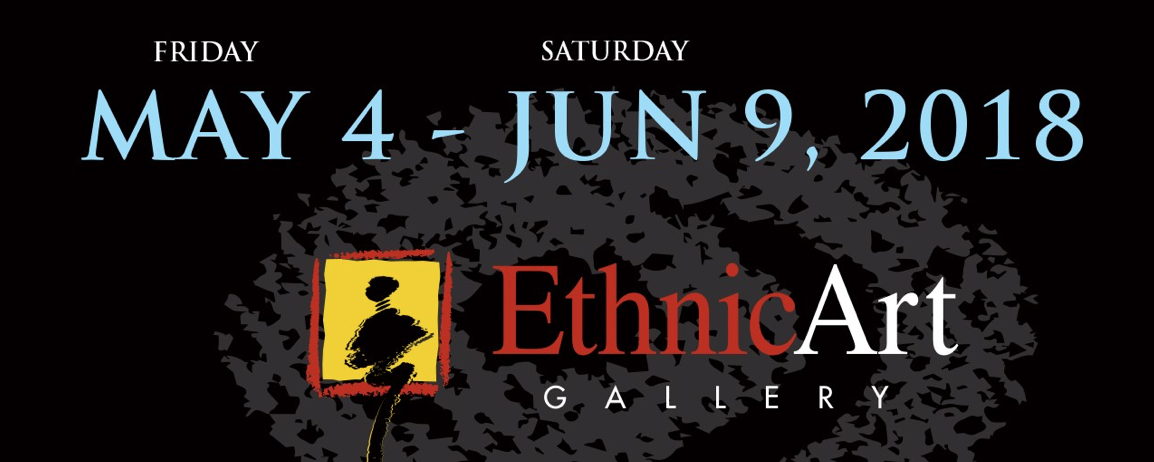
Artist Dean Mitchell will speak about his art and career as an American painter on May 3, 2013 at the Gem Theater. Event starts at 6pm
| Address |
|
|---|---|
| Phone | (816) 474-6262 |
After this event, it will be the Grand Opening of the Exhibition.
D A T E / T I M E
L O C A T I O N
EthnicArt Gallery
1516 E 18th St
Kansas City, MO 64108
The body of working that will be on display at Ethnic Arts in Kansas
City is a mix of both urban and rural settings. The rural scenes deal
with isolation and poverty in the modern world. The paintings are of
people, places and spaces of the working class. They are the backbone
of our nation who’s voices and spaces are often rarely looked upon as
places of beauty and power. The romantic myth of the America Dream,
fragmented in despair, has become even more visible through the daily
lives of those seeking a better tomorrow.
Painting Acquisition, Upcoming Events, News and New Work from Artist Dean Mitchell
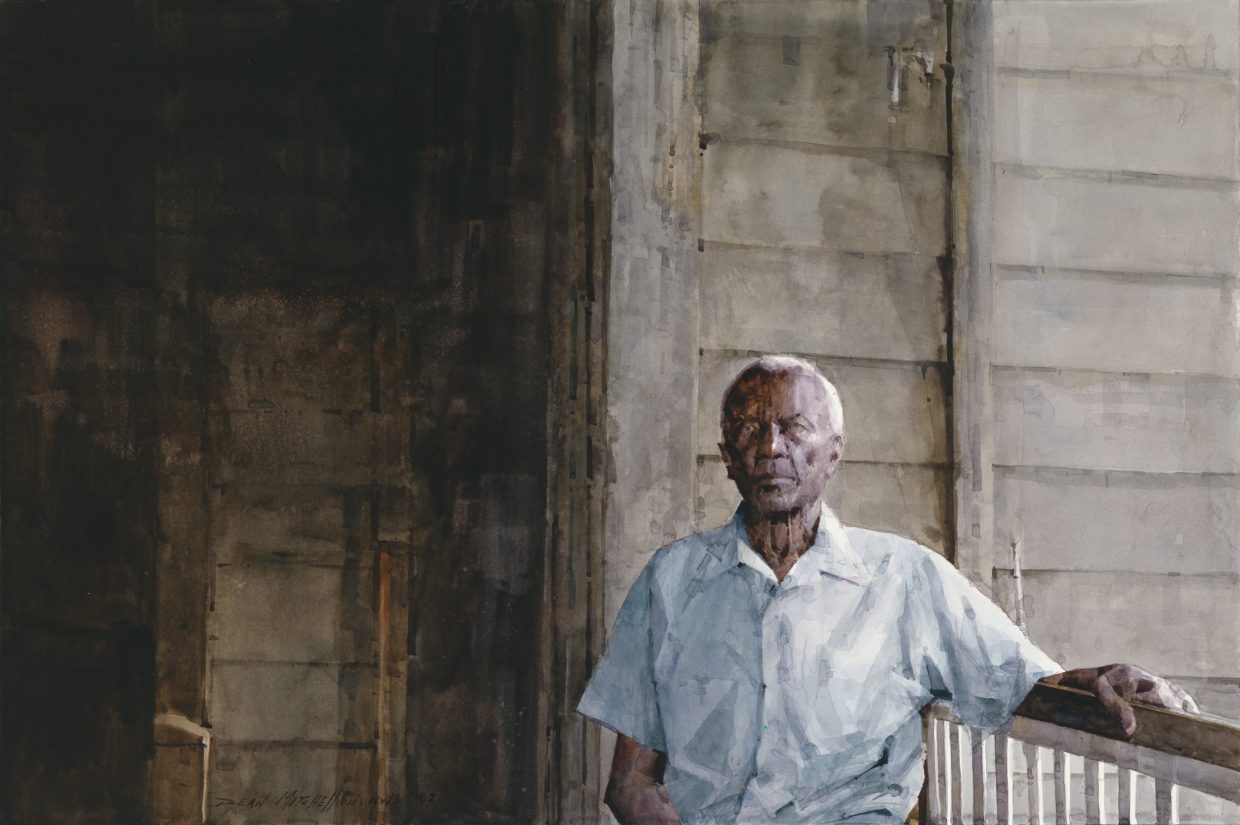
Get the latest from our newsletter. Subscribe, see past issues or update your info right at this link:
Painting Acquisition, Upcoming Events, News and New Work from Artist Dean Mitchell – https://mailchi.mp/f1f2069b01cf/painting-acquisition-upcoming-events-news-and-new-work-from-artist-dean-mitchell

